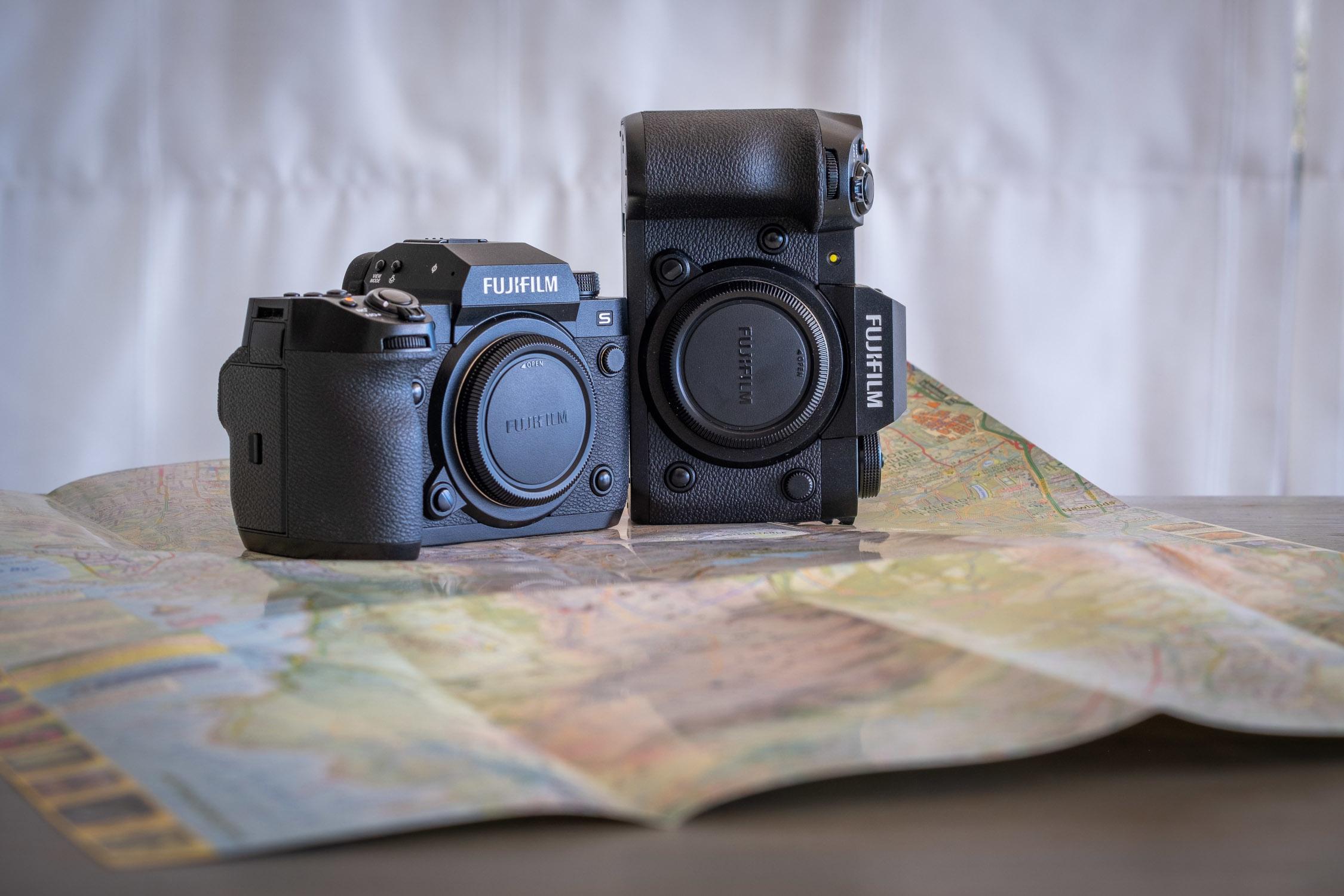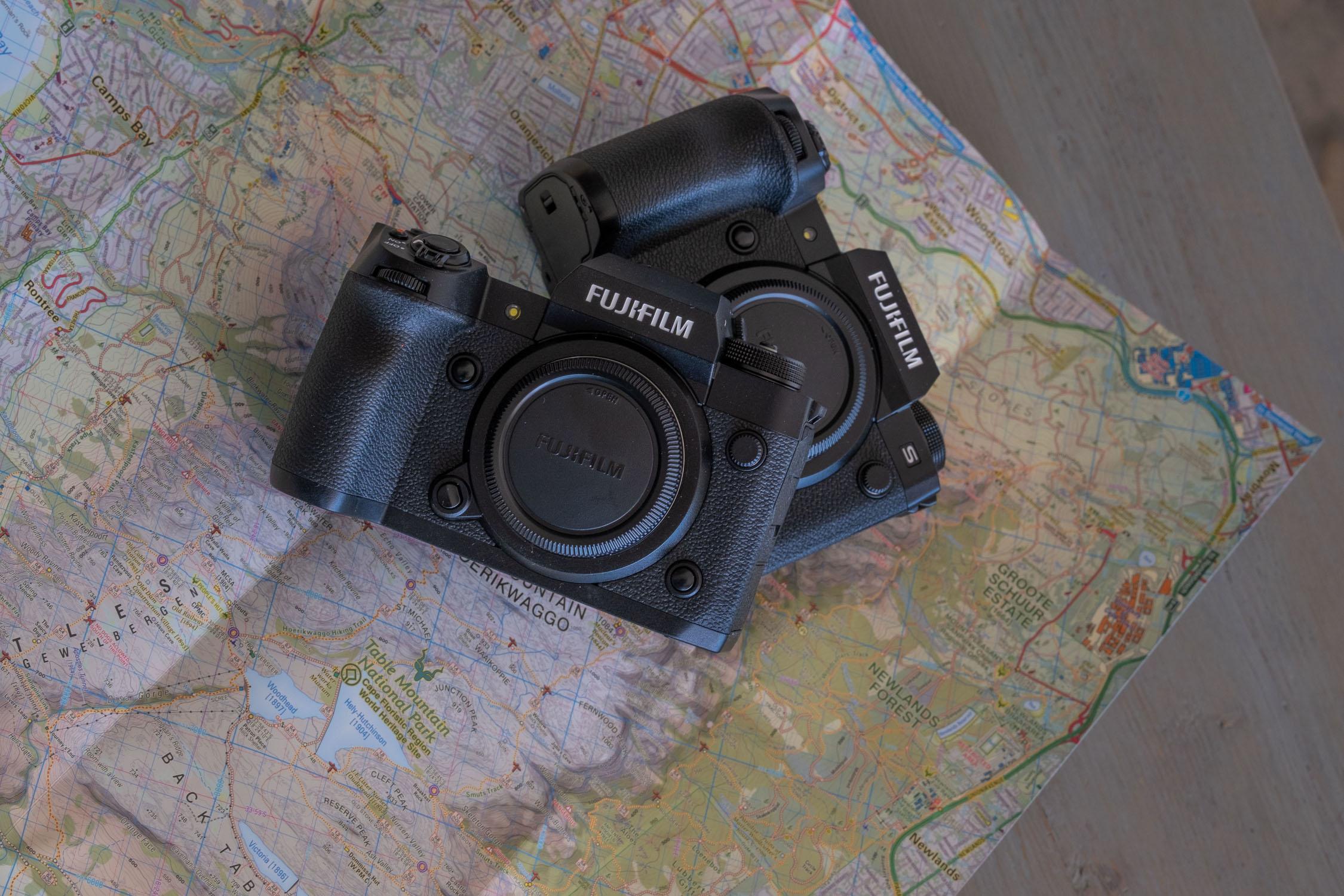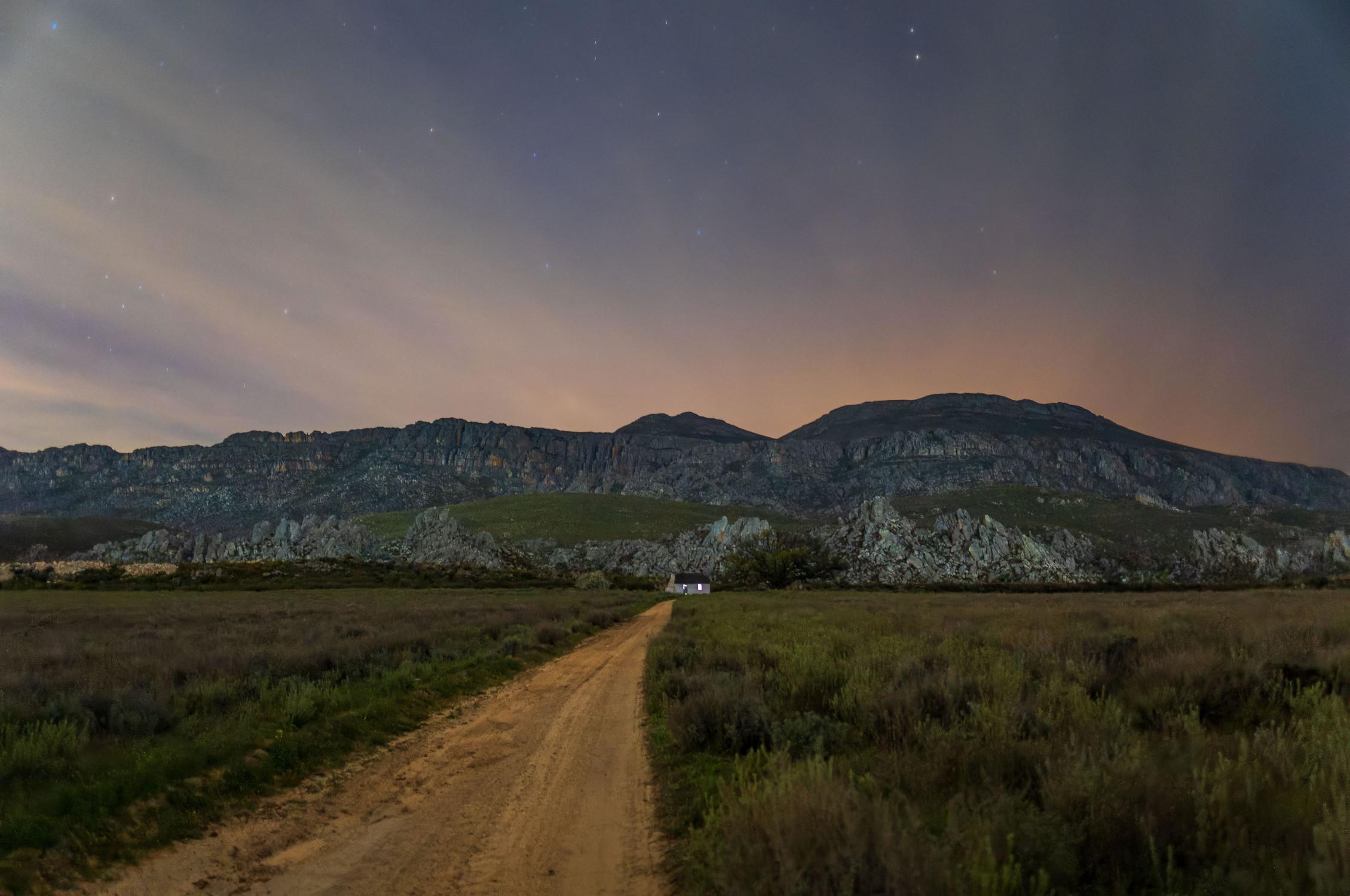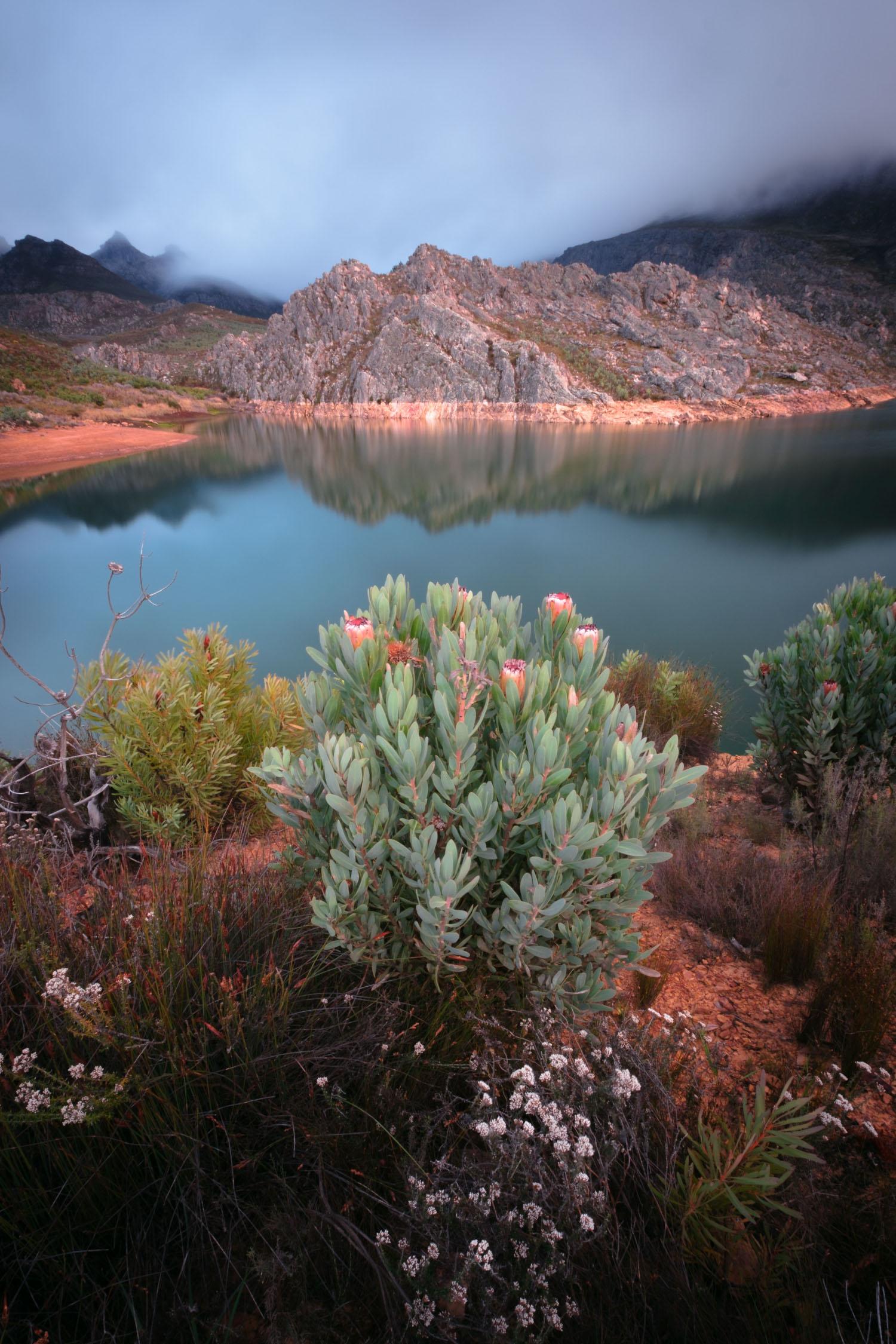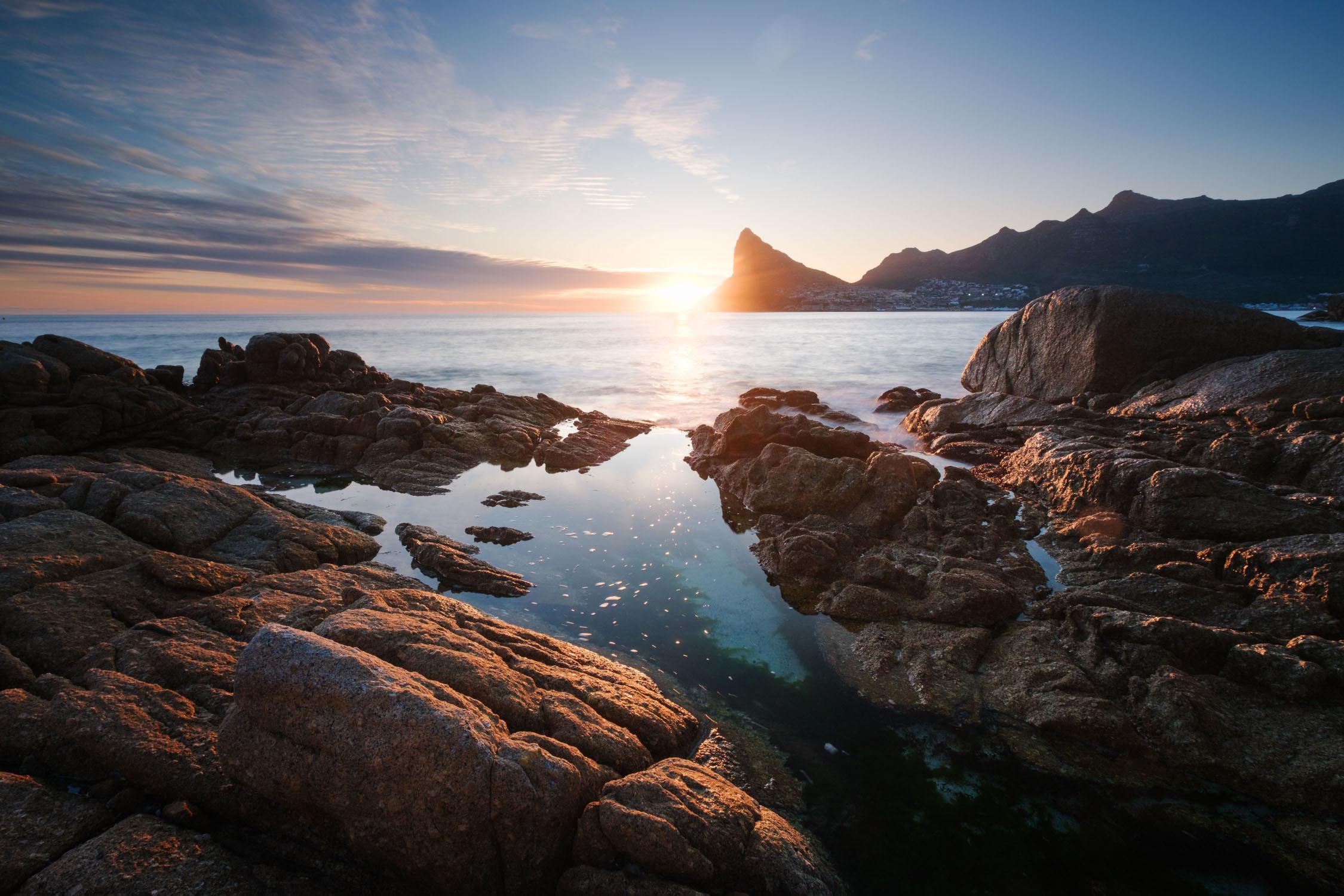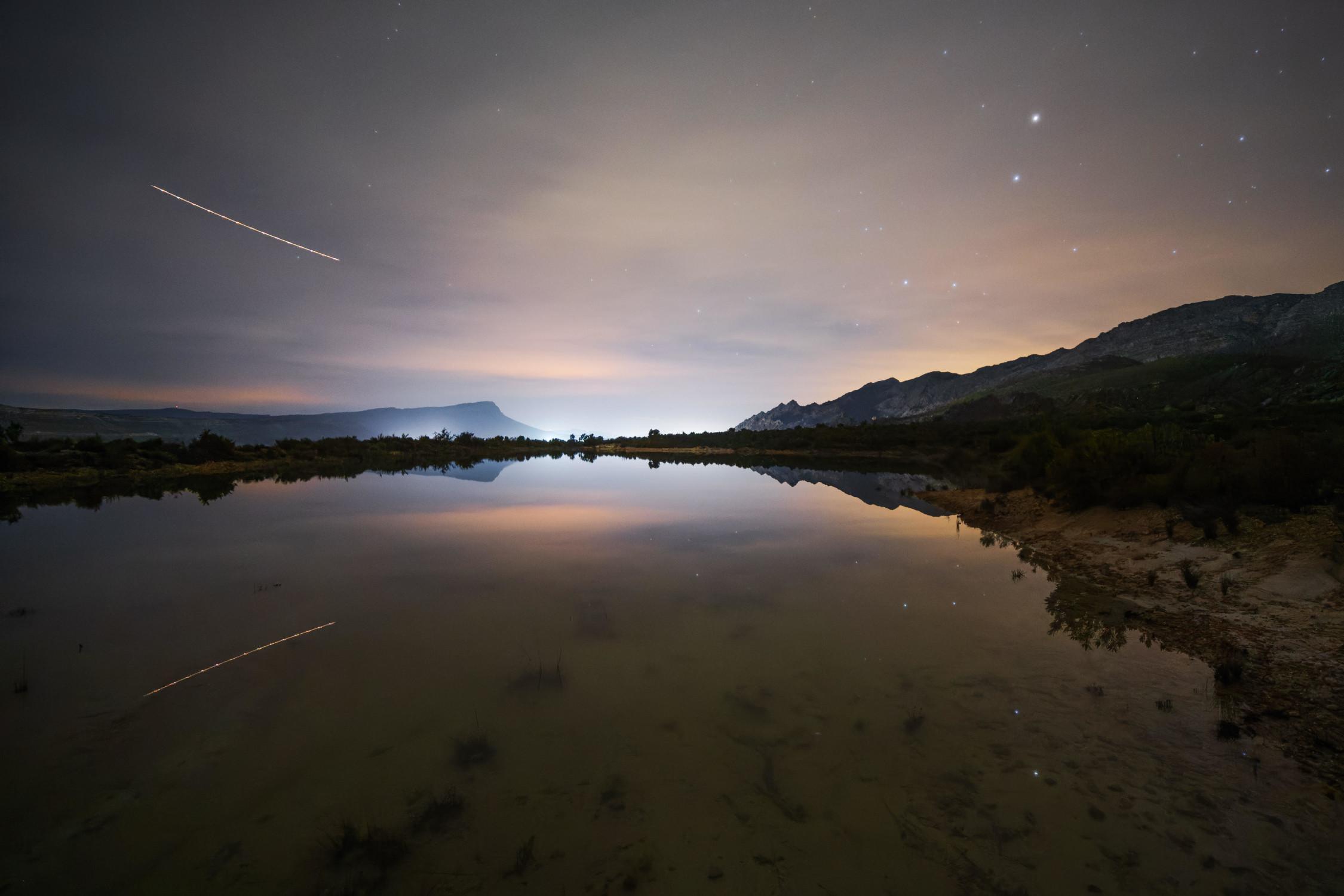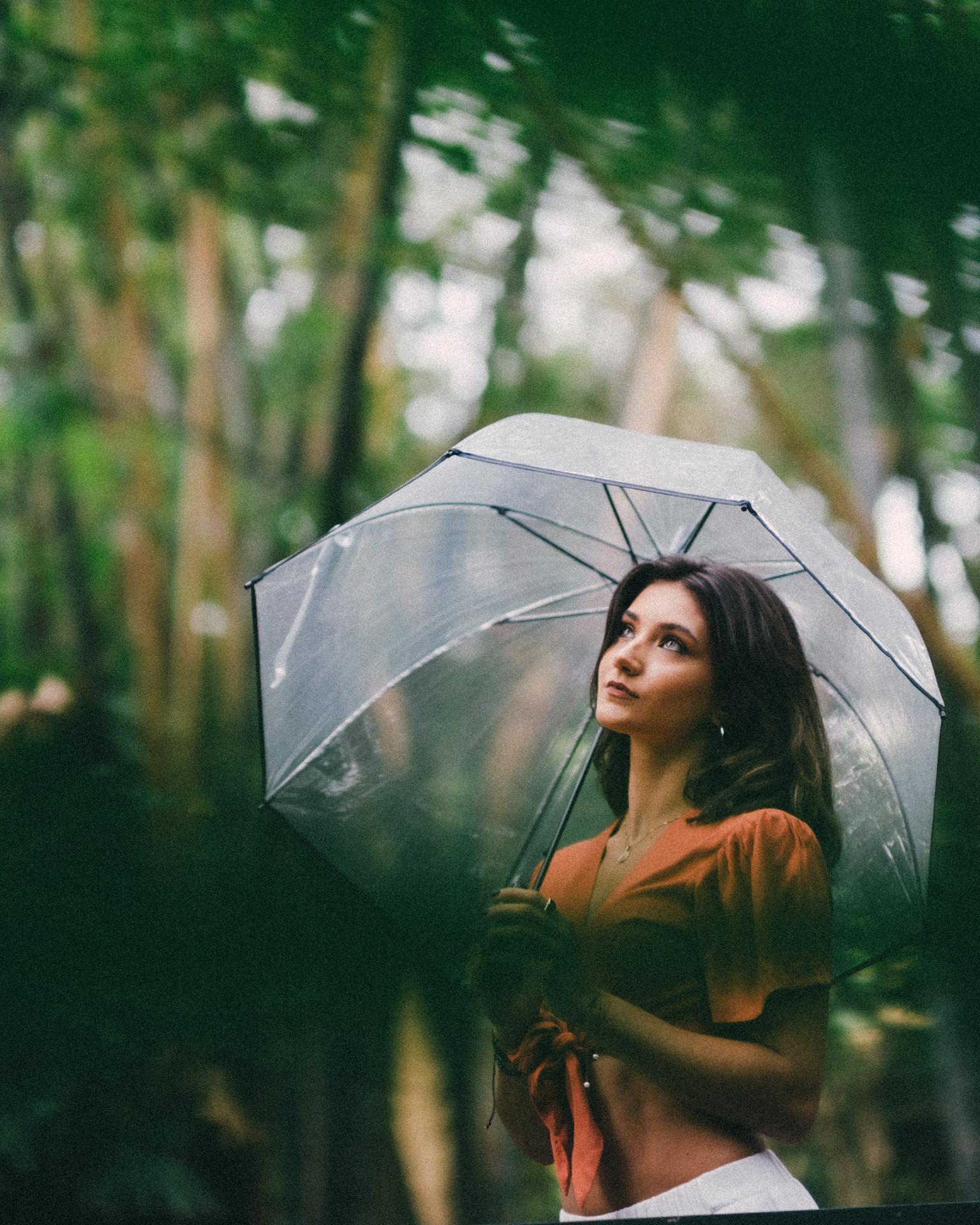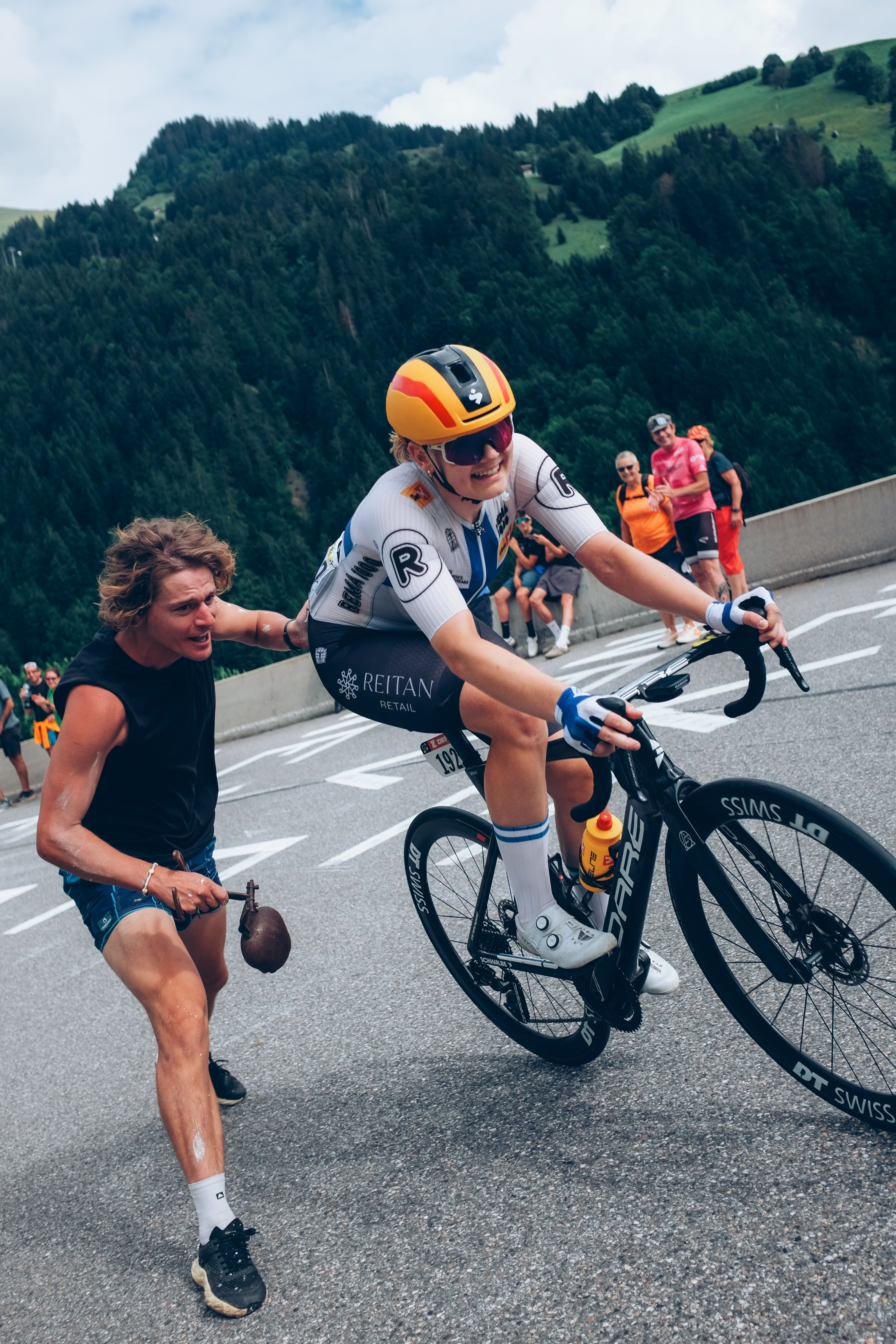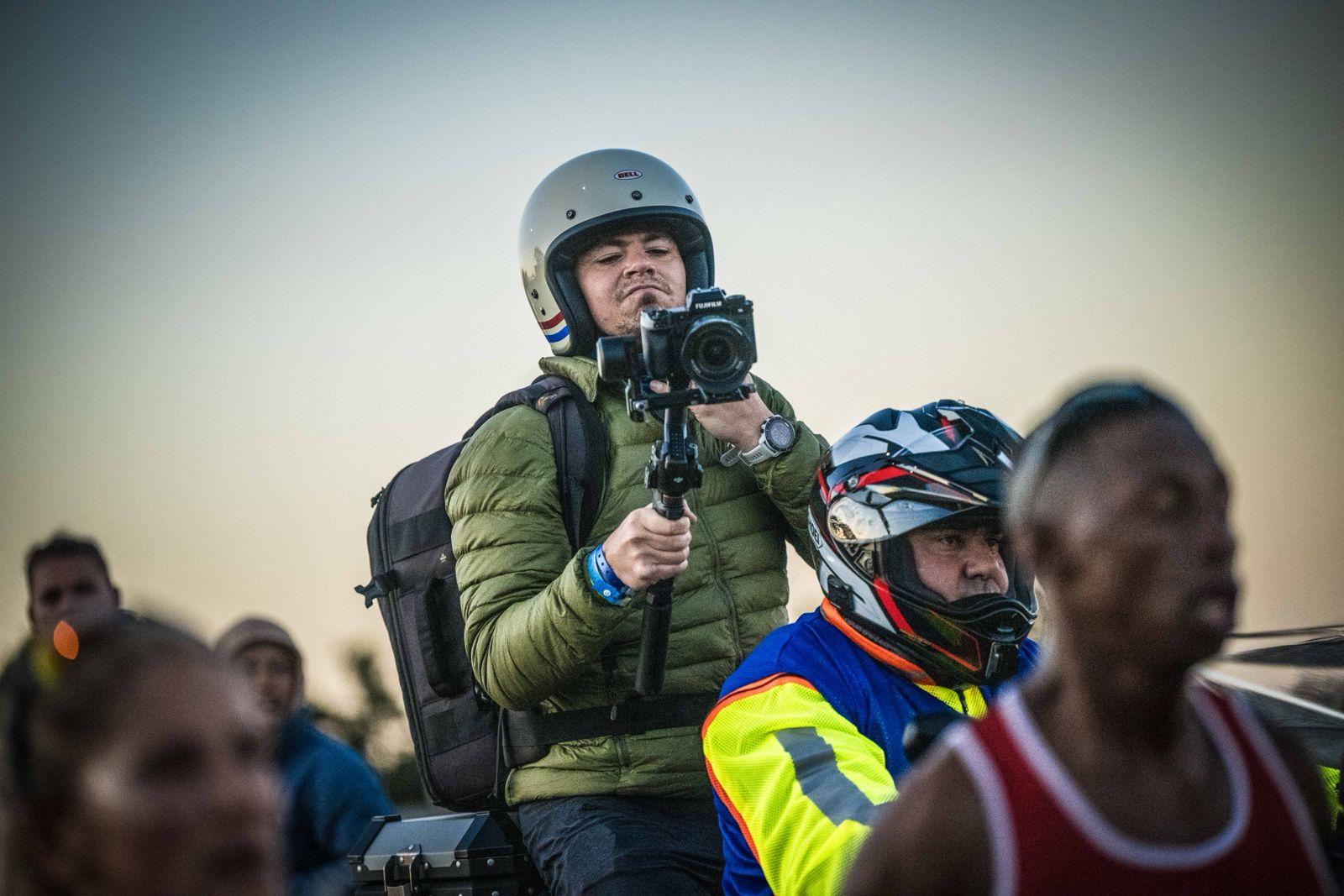USER EXPERIENCE: Landscapes with Jon Kerrin and the X-H2 and X-H2S
Landscape and astrophotographer, Jon Kerrin took to the field with both the X-H2 and X-H2S in hand. We chatted to him about the differences between the two, some of the new features, and which one he preferred.
You shot with the X-H2 and X-H2S alongside each other. From a landscape/ astrophotography point of view, what are the differences, and which one do you prefer?
From a landscape photographer perspective, the only difference to note between the two is the resolution of the cameras. The X-H2S is the speed king, making it perfect for sports, wildlife, etc. But landscape photography never requires such high-speed frame rates. The X-H2, however, offers higher resolution which is perfect for very large prints and for cropping. It’s also cheaper than the X-H2s, making it, in my opinion, the better option for landscape photographers.
Were there any of the ergonomics that struck you as particularly useful?
The ergonomics of the X-H2 and the X-H2s are exactly the same and look and act very different to the X-T (dial system) range. For outdoor photography the new X-H cameras feel rugged and hardy, capable of weathering elements such as dust and water.
The twins have a slightly larger hand grip that feels more natural and sturdier in hand.
The new X-H range continues the vari-angle LCD screen trend (the new X-T5 reverts back to the tilt screen), and this certainly has its advantages for certain kinds of photography, especially videography and even wildlife photography. However, for landscape photography this extending screen can get in the way and often feels susceptible to damage.
As a landscape photographer, what are the pros and cons to using the Pixel Shift technology?
Fujifilm has now brought Pixel Shift to the X-Trans sensor cameras, a feature previously found on the GFX range. This is an incredible technology which allows you to take a picture at four times the resolution, in the case of the X-H2 up to 160 MP.
The technology works by taking multiple images of the same scene whilst the sensor shifts incrementally. I found this works best for compositions that have absolutely no motion in them. Even though landscape photography can appear to be the perfect genre for this, there is more often than not something moving in the scene, be it clouds, water, the blowing of a leaf or branch or even the changing light. This motion is not suitable to get sharp high-resolution images. Therefore, I believe this technology shines best in studio work, where lighting and subjects are controlled.
When shooting astrophotography, what were your thoughts on Noise/ISO performance from the X-H2’s 40MP sensor?
Noise in photographs shot at higher ISOs is caused by light bleeding from one pixel to another (an oversimplification LOL!). This means that a denser megapixel count on the sensor (i.e. 40MP) should in theory be a lot noisier than a lower megapixel camera with the same size sensor.
Astrophotography requires one to shoot at high ISOs ranging from ISO320 all the way up to ISO6400. To test the noise performance of the 40MP X-H2 I shot the same astrophotography image on the X-H2, the 26MP X-H2s as well as a new full-frame camera from another popular brand. In my testing I could not see a significant increase in the amount of noise on the 40MP X-H2, and as a result I was incredibly impressed with how it handles noise in high ISO situations.
Did you manage to use any of the X-H2 models’ AF tracking features shooting wildlife?
I spent a little bit of time testing out the AF tracking features. These are vastly improved from the X-T3 and X-T4, tracking a number of different objects. Using the dedicated bird tracking was a ton of fun, and mind-blowing to see how accurately the camera locks onto the bird. Fujifilm has come a long way in this department.
To see more of Jon’s work, follow him here:
Website: www.jonkerrin.com
Instagram: @wherethelight_is
Facebook: @jonkerrinphotography
And to learn more about his workshops and tours visit www.venturekj.com.



